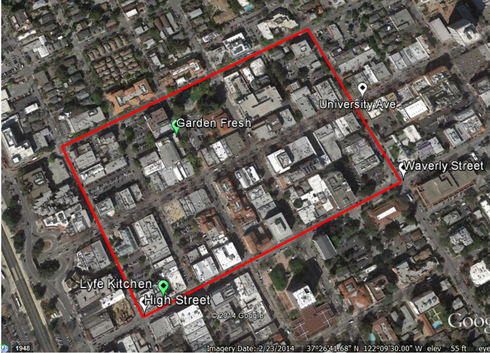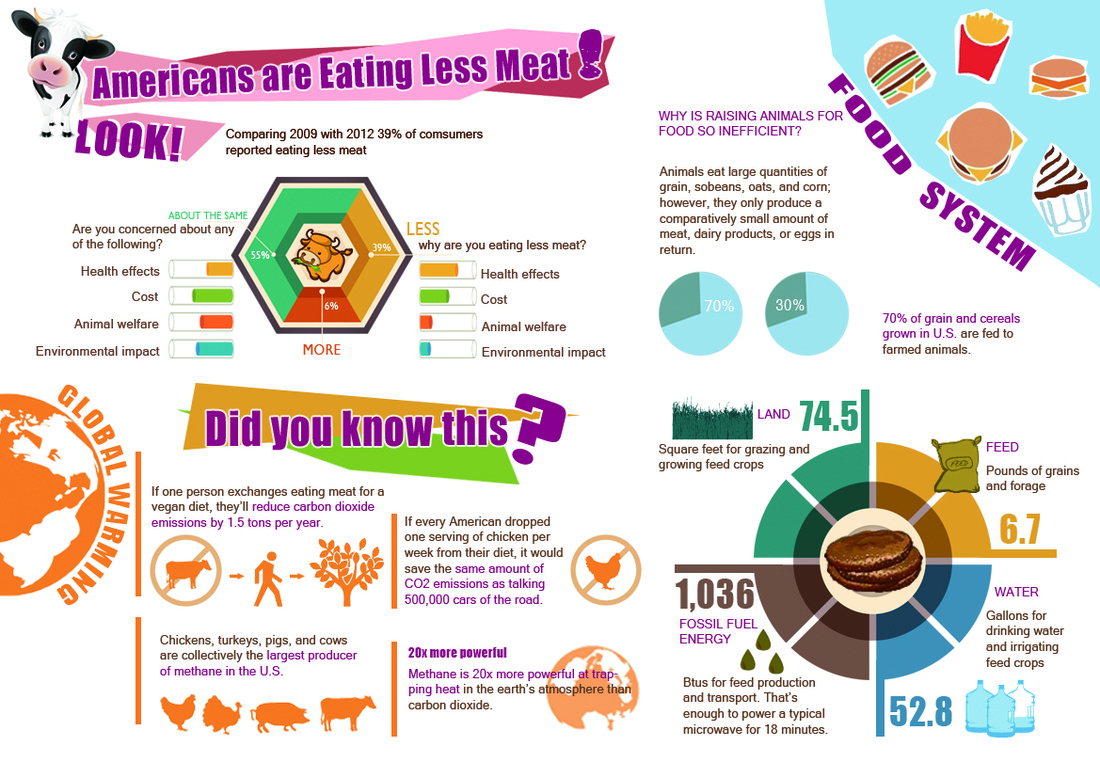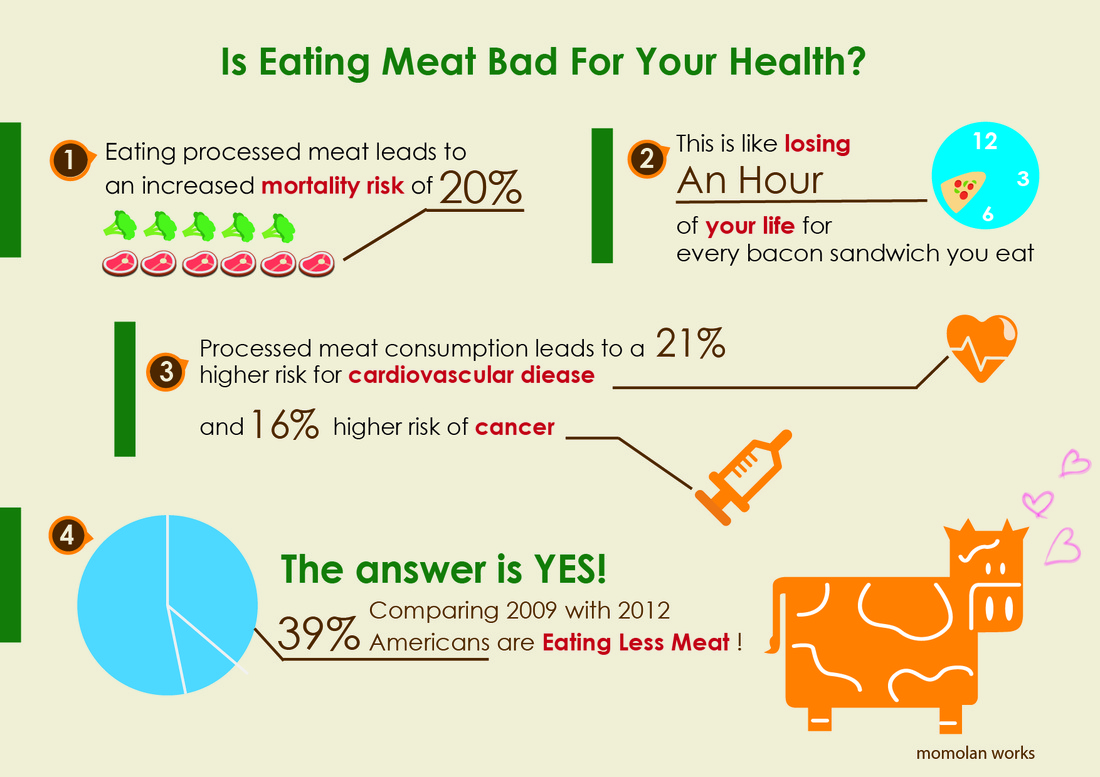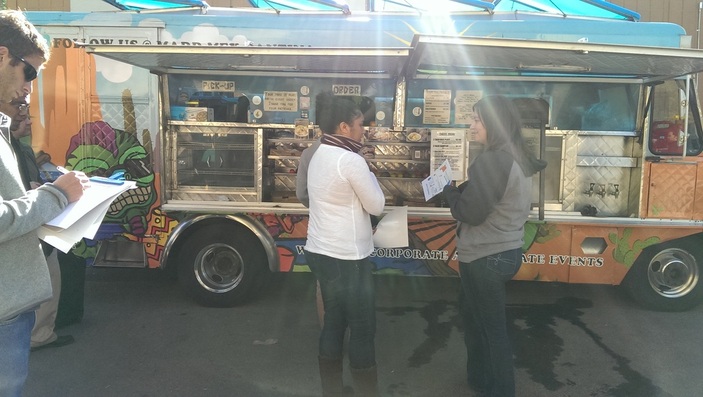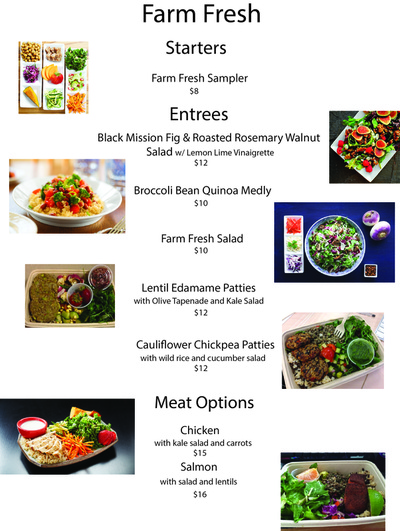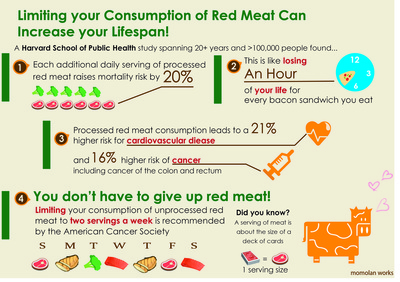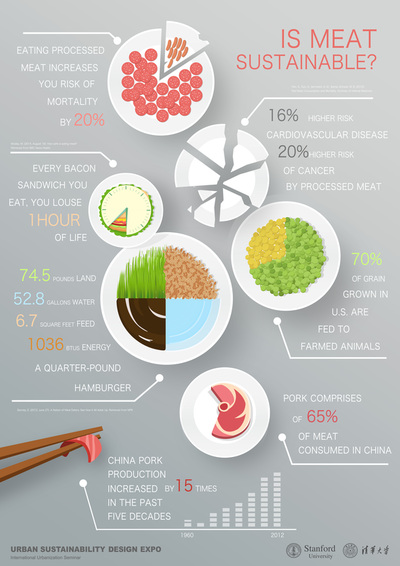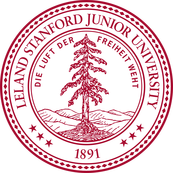INTRODUCTION
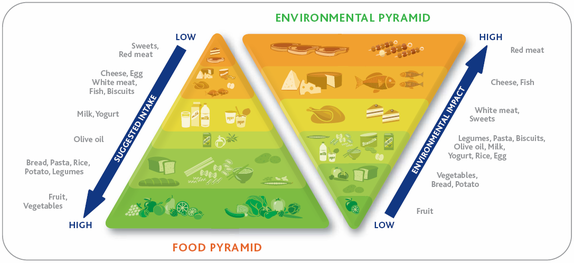 The environmental impact of animal products, shown by the Environmental Pyramid on the right, is much higher than that of other food products like fruits, vegetables, and grain. Also the nutritional value of meat is the lowest compared to other food types, as shown by the Food Pyramid on the left.
Source: http://uufood.files.wordpress.com/2012/05/barilladoublepyramid.png
The environmental impact of animal products, shown by the Environmental Pyramid on the right, is much higher than that of other food products like fruits, vegetables, and grain. Also the nutritional value of meat is the lowest compared to other food types, as shown by the Food Pyramid on the left.
Source: http://uufood.files.wordpress.com/2012/05/barilladoublepyramid.png
The U.S. and China are the largest consumers of meat in the world. The U.S. has the 2nd highest meat consumption per person. Chinese meat consumption per capita is about half that of the U.S., but China’s total meat consumption is more than double the U.S.’s, and continues to rise.
Meat and animal products like dairy have the highest environmental impact of all food products. The environmental impact of livestock production includes:
The high environmental impact and high consumption of meat in China and the U.S. led to the research question:
Meat and animal products like dairy have the highest environmental impact of all food products. The environmental impact of livestock production includes:
- Using 30% of the world’s ice free surface, making it the single largest user of land in the world.
- Emitting 20% of global greenhouse gas emissions (more than the transportation sector's contribution of 13%!)
- Using ⅓ of the world’s fresh water
The high environmental impact and high consumption of meat in China and the U.S. led to the research question:
How can we motivate people in the U.S. and China to eat less meat?
APPROACH
The team interviewed consumers in the Bay Area and Beijing and used what we learned to prototype interventions that would motivate consumers to reduce their meat consumption. The prototypes were field tested with consumers and a second iteration of prototypes was created and tested.
Interviews
The team conducted interviews in downtown Palo Alto and the Wudaokou block in Beijing. The interviews focused on consumer meat consumption patterns, motivations behind reducing meat consumption, and what existing knowledge participants had about the environmental impacts of meat consumption.
From our interviews we learned that consumers in the Bay Area and Beijing were quite attached to their consumption of meat, but some were already trying to cut back for health reasons. The majority of people interviewed did not understand how meat consumption impacts the environment.
Prototypes
With the information gained from our interviews the team decided to create two infographics and test whether the environmental or health effects of meat consumption were more persuasive in motivating people to eat less meat. Our first two prototypes are shown below.
The first iteration of prototypes consists of two infographics: The left informs consumers about the environmental impact of the meat industry, and the right about the health effects of meat consumption. The excellent graphics for these prototypes were designed by the Tsinghua group members.
The prototypes were tested at a food truck on Stanford's campus. Participants viewed the infographics while waiting in line, and filled out a feedback survey while waiting for their food. The study consisted of a control group, a group that viewed the environmental infographic, and a group that viewed the health effects infographic.
After collecting the feedback from this study four more infographics were created and tested on consumers.
After collecting the feedback from this study four more infographics were created and tested on consumers.
The final four prototypes including a menu which presents vegetarian dishes as the default entree option, a menu that allows customers to choose their meat portion size, and an updated health effects infographic that focuses on red meat.
RESULTS
Feedback from Prototype Testing
The results from the first prototype testing showed that people were slightly more interested in reducing meat consumption after viewing the infographics. Because the participants of our study only viewed the infographics for a short time, the team devised a strategy to present the information through many different media channels. This way people could see the information on a regular basis which could increase the likelihood of consumers internalizing the information and therefore the impact the information could have on their daily diet choices.
The feedback obtained from testing the first prototypes informed the design of the second iteration. Participants said they would be more willing to reduce their meat consumption if there were better alternatives. This inspired the design of the Farm Fresh menu, shown above, which presents filling vegetarian meals as the default dish option under "Entrees".
Some participants said they may be willing to eat smaller portions of meat rather than adding meatless meals to their diet. This led to the Customize Your Sandwich Menu shown above. This menu gives customers the choice of a "regular" or "large" meat portion size with an associated price difference.
Users also suggested that instead of promoting consumers to eat less of every meat, they may be more willing to reduce their consumption of one kind of meat. Because beef has the highest environmental impact of all meats, the health effects infographic was changed to focus solely on beef.
The results from the first prototype testing showed that people were slightly more interested in reducing meat consumption after viewing the infographics. Because the participants of our study only viewed the infographics for a short time, the team devised a strategy to present the information through many different media channels. This way people could see the information on a regular basis which could increase the likelihood of consumers internalizing the information and therefore the impact the information could have on their daily diet choices.
The feedback obtained from testing the first prototypes informed the design of the second iteration. Participants said they would be more willing to reduce their meat consumption if there were better alternatives. This inspired the design of the Farm Fresh menu, shown above, which presents filling vegetarian meals as the default dish option under "Entrees".
Some participants said they may be willing to eat smaller portions of meat rather than adding meatless meals to their diet. This led to the Customize Your Sandwich Menu shown above. This menu gives customers the choice of a "regular" or "large" meat portion size with an associated price difference.
Users also suggested that instead of promoting consumers to eat less of every meat, they may be more willing to reduce their consumption of one kind of meat. Because beef has the highest environmental impact of all meats, the health effects infographic was changed to focus solely on beef.
CONCLUSION
Because of the high environmental impact of the meat industry and the important role that the U.S. and China play in global meat consumption, the team focused on how to motivate Chinese and American consumers to eat less meat. From our interviews we learned that people are very attached to regularly eating meat, but some consumers are already reducing their meat consumption for health reasons. Testing our first round of prototypes showed that people do respond to information about the health and environmental impacts of meat consumption. Focusing on promoting the reduction of one type of meat can be a more successful proposition than trying to reduce overall meat consumption, especially when health and environmental reasons correspond, as is the case with red meat. Another successful strategy can involve giving consumers control over their meat portion size, especially when smaller portions are less expensive.
Cross Cultural Collaboration
Through this project the group members gained experience with working on an international team. Some of the challenges that came with include language barriers, a time zone difference, and long distance communication. This gave us a chance to think critically about how to best communicate. Skype conferences may not provide the most efficient channel of communication when working with team members who aren't comfortable speaking the same language. Our team found that writing things down often helped, and thinking of a different way to explain a concept increased our own understanding.
Successfully coordinating an international project involves allocating tasks effectively so that everyone is clear on their responsibilities, and the team's strengths are used appropriately. For example, the Tsinghua group members are excellent graphic designers which influenced our decision to design infographics for our prototypes.
A great benefit of working on an international project is the cultural exchange that occurs. The American students were able to learn about Chinese culture and meat traditions, and vice versa.
Cross Cultural Collaboration
Through this project the group members gained experience with working on an international team. Some of the challenges that came with include language barriers, a time zone difference, and long distance communication. This gave us a chance to think critically about how to best communicate. Skype conferences may not provide the most efficient channel of communication when working with team members who aren't comfortable speaking the same language. Our team found that writing things down often helped, and thinking of a different way to explain a concept increased our own understanding.
Successfully coordinating an international project involves allocating tasks effectively so that everyone is clear on their responsibilities, and the team's strengths are used appropriately. For example, the Tsinghua group members are excellent graphic designers which influenced our decision to design infographics for our prototypes.
A great benefit of working on an international project is the cultural exchange that occurs. The American students were able to learn about Chinese culture and meat traditions, and vice versa.
TEAM
The Food Systems team consisted of four Tsinghua students studying design, and two Stanford students studying East Asian Studies and Civil & Environmental Engineering. This interdisciplinary, multicultural team created a diverse set of skills that contributed to this successful collaboration.
Downloads
| food_systems_final_report.pdf | |
| File Size: | 1464 kb |
| File Type: | |
| the_environmental_impact_of_the_meat_industry.pdf | |
| File Size: | 400 kb |
| File Type: | |
| how_can_we_motivate_people_to_eat_less_meat.docx.pdf | |
| File Size: | 434 kb |
| File Type: | |
| chinas_pork_boom_jiang.docx | |
| File Size: | 302 kb |
| File Type: | docx |
| motivating_the_reduction_of_meat_consumption.docx | |
| File Size: | 159 kb |
| File Type: | docx |
